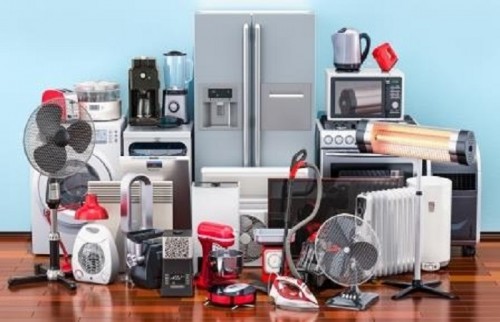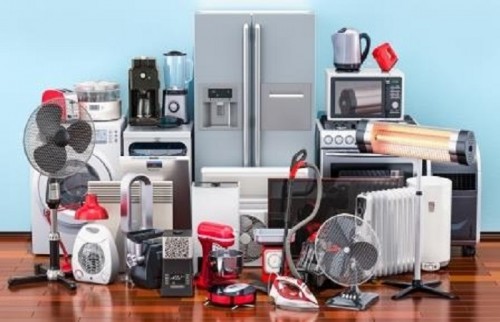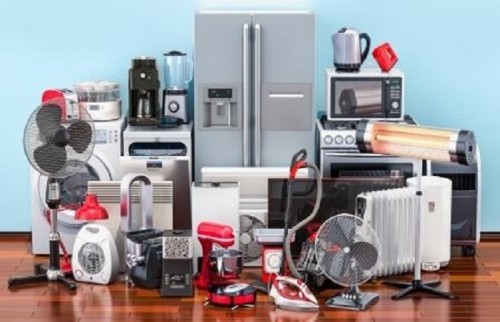Consumer Durables Sector - Commodity price inflation weighs on gross margins By Motilal Oswal

Follow us Now on Telegram ! Get daily 10 - 12 important updates on Business, Finance and Investment. Join our Telegram Channel
Commodity price inflation weighs on gross margins
While some companies in the Consumer Durables and Electrical sectors have reported results, the common theme observed is the impact on gross margins. Here is our assessment and certain key takeaways.
* Gross margin decline across the board in 2HFY21:
Copper, plastics, steel, and aluminum form the key commodity inputs for the FMEG / White Goods sector. In 2HFY21, almost all commodities were at multi-year high levels – copper, steel, aluminum, and polyprop were up 44%, 38%, 22%, and 29%, respectively. This took a toll on companies’ gross margins in 3QFY21 and 4QFY21. All companies reported margin decline of 2–5% in 2HFY21 (barring Crompton).
* Demand elasticity difficult to ascertain, but White Goods may be susceptible:
Historical data does not provide enough evidence to ascertain demand elasticity across the various product categories at the consumer level. However, our interaction with various companies suggests the White Goods space (ACs / Refrigerators / Washing Machines) may see moderation in demand on account of continued price inflation. The primary reasons for this are (a) the large ticket sizes of the product categories vis-à-vis other product categories and (b) the availability of substitutes (such as fans and air coolers v/s ACs and domestic help that offers hand washing services v/s WMs). Price increases of 5–10% taken by companies across most categories have somewhat cushioned gross margins.
* Cost cuts aid EBITDA margin expansion:
Although commodity costs weighed on gross margins, the EBITDA margins of most companies expanded (barring Polycab) – led by sustained cost rationalization in employee expenses and reduced discretionary spends in other expenses, particularly ad spends. Hence, the EBITDA margins of most companies expanded by 0.5–4.5% in 3QFY21 and 4QFY21, while margins moderately declined for Polycab. While part of the cost reduction is attributable to higher efficiency and cost engineering, some of the other expenses may be incurred once the COVID situation normalizes. For e.g., Blue Star indicated that employee wage hikes would happen in June. Nonetheless, until commodity prices moderate or demand picks up substantially, we expect cost cuts to continue.
* Competitive landscape an important variable:
The White Goods space is highly competitive; various cash-rich MNC players are present in the market, which frequently opt for market share gains over margins for 2–3 year durations. Our channel checks suggest Samsung has turned aggressive in the AC market and gained market share from fringe players. This poses a risk to the Top 5 players – as Samsung has an established distribution network in the Durables segment. Such competition limits price hikes even by leading companies. A case in point is Voltas’ management commentary that the second tranche of a 3% price increase was taken only in certain geographies owing to higher competitive pressure. Thus, in the event of input price pressure, the White Goods space could witness margin pressure.
To Read Complete Report & Disclaimer Click Here
For More Motilal Oswal Securities Ltd Disclaimer http://www.motilaloswal.com/MOSLdisclaimer/disclaimer.html SEBI Registration number is INH000000412
Above views are of the author and not of the website kindly read disclaimer












 320-x-100_uti_gold.jpg" alt="Advertisement">
320-x-100_uti_gold.jpg" alt="Advertisement">












